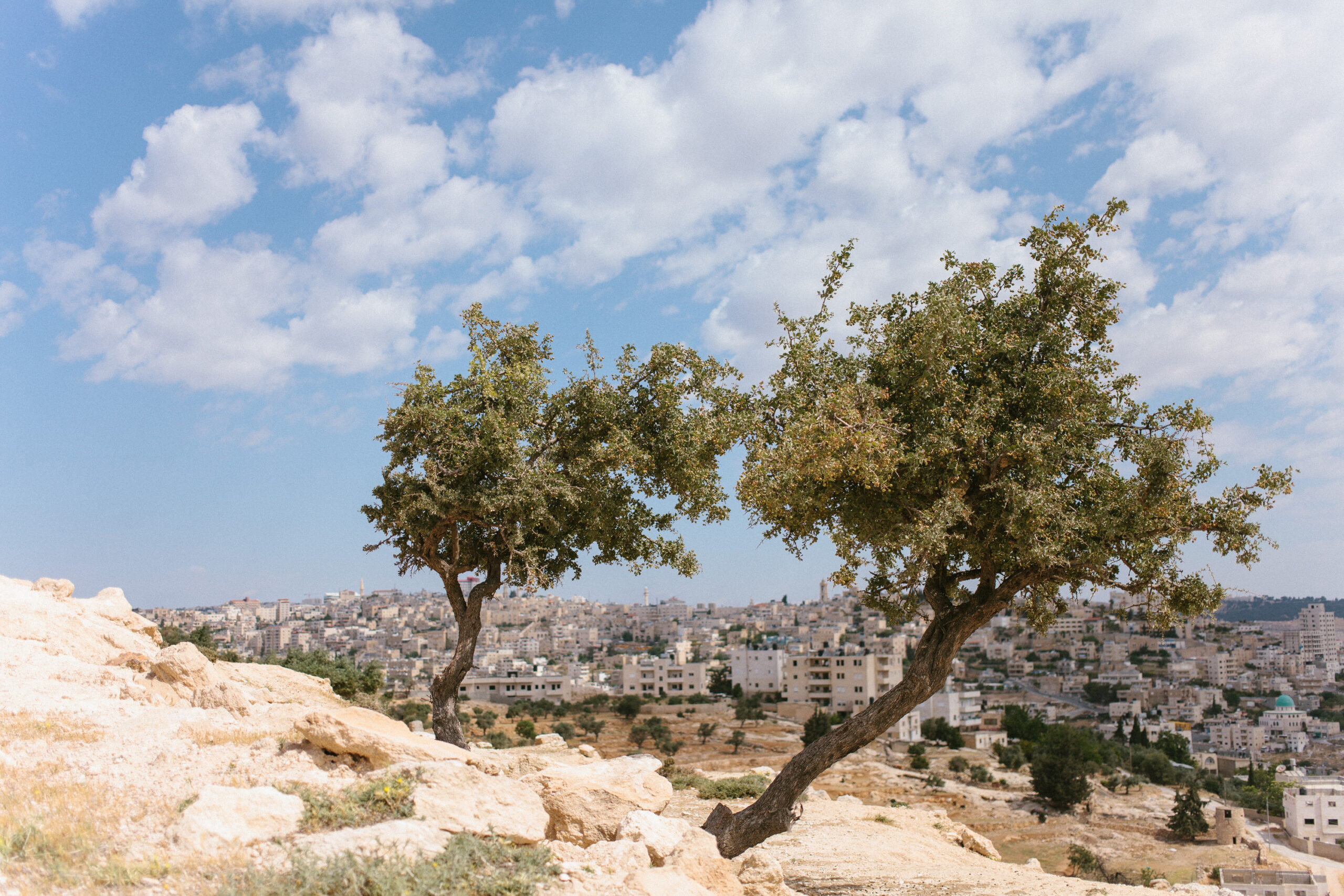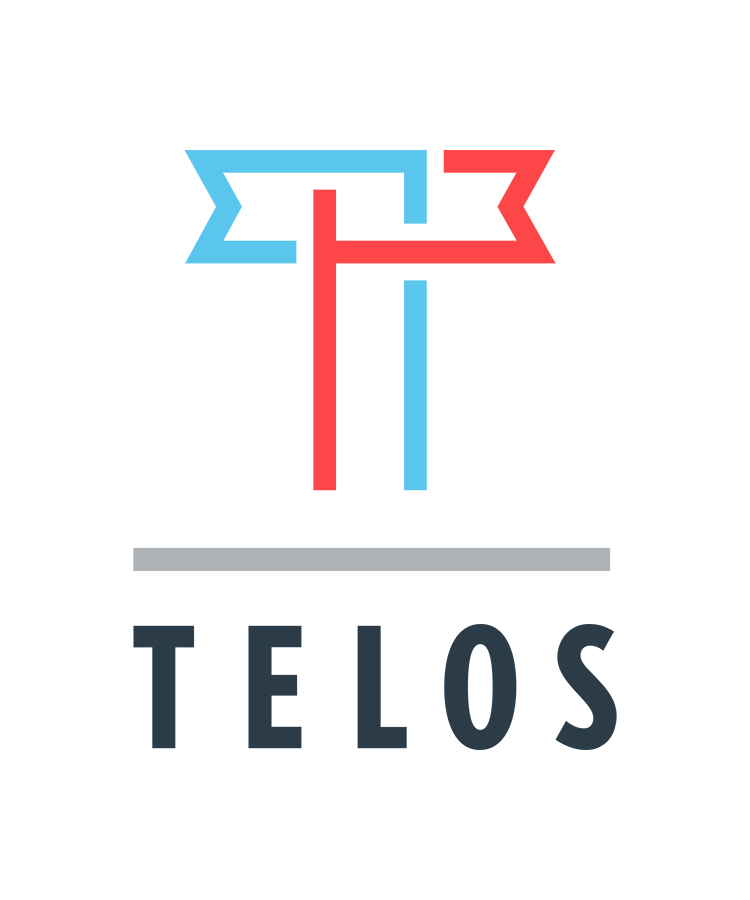Listening to Understand | Ethnic Cleansing

This briefing was compiled by our team in January 2024. Because of the ever-changing nature of the conflict, some of this information (specifically numbers of displaced, killed, and injured people) may not reflect the most current figures.
Since October 7th we’ve all been watching what has unfolded in Israel/Palestine with horror. No amount of analysis, context, or deeper dive removes the emotional impact of the suffering Palestinians and also Israelis continue to experience. Yet at the same time, understanding the language used to make sense of the violence is an important part of naming reality so we as peacemakers can work to continue transforming it.
As we listen to understand and hold multiple perspectives in tension, we’re diving into the reasons behind some of the most commonly used terms in the conversation. That’s why we’re exploring why some human rights groups are describing what is happening across Gaza, the West Bank, and East Jerusalem as ethnic cleansing.
As peacemakers, it is our job to first “Listen to Understand” before seeking to be understood. We’re putting that practice to work as we engage with the difficult context of the current moment, and all that has preceded it.
What is Ethnic Cleansing
According to the UN, ethnic cleansing is the act of ‘… rendering an area ethnically homogeneous by using force or intimidation to remove persons of given groups from the area,” and as ‘… a purposeful policy designed by one ethnic or religious group to remove by violent and terror-inspiring means the civilian population of another ethnic or religious group from certain geographic areas.’”
Ethnic cleansing, as a term, provides a helpful descriptive framework that can guide international policy in response to gross injustices committed by various actors against other communities. The term surfaced in response to the crimes committed in the territory of the former Yugoslavia during the 1990s, and is inclusive of certain officially codified war crimes, including forced population transfer.
Importantly, ethnic cleansing is distinct from “genocide” within international law. While we the focus of this email is on “ethnic cleansing,” we’d encourage you to check out our recently published podcast episode in which we discuss “genocide” and South Africa’s case against Israel at the International Court of Justice at The Hague.
Background – 1948 and the Nakba
In the years surrounding 1948, around the establishment of the State of Israel, three-fourths of indigenous Palestinians were expelled from their homes and villages. Many were killed, and entire communities massacred. Countless homes and hundreds of villages were destroyed. Around 750,000 Palestinians became refugees, including thousands who fled to Gaza whose families are now being displaced yet again. Despite promises to the contrary ensured by the international community, these communities have never been able to return.
Around the same time, the worldwide Jewish community was recovering from the genocidal actions of the Nazi regime during the Holocaust, in which more than 6 million Jews were murdered, amounting to more than two thirds of the Jewish community in Europe. For many Jewish Israelis, the wounds of these past crimes not only remain present and severe, informing their understanding of international crimes such as ethnic cleansing, but also serve as a grounding anchor for the redemption narrative of Israel’s independence in 1948. For more on understanding the events leading up to 1948 and the way Israelis and Palestinians interpret them differently, see our online course: Origins.
It should be noted that many Jewish Israelis see the events perpetrated by Hamas on October 7 as an attempted act of ethnic cleansing. The trauma that Jewish Israelis are experiencing in this moment, indivisible from the generational harms committed during the Holocaust and the years long (and sometimes hostile) emigration of Jewish communities from neighboring Arab countries, creates a very real sense of existential threat.
As we navigate this moment, we hold to the truth that war crimes don’t justify war crimes. And instances of ethnic cleansing don’t justify other instances of ethnic cleansing. Part of upholding a commitment to human rights is to do it universally—whether our allies or adversaries are violating that commitment. When we engage a term like ethnic cleansing and how others use it, our focus should always be not just on naming and understanding the past, but especially on stopping ongoing violence, death and destruction in the present.
The Current Moment – Gaza
For Palestinians, whether in Gaza, the West Bank and East Jerusalem, or around the world, what is happening right now doesn’t feel new. It’s not just about the scope or scale of the violence occurring, but also the intent. With over 90% of Gazans currently displaced, the forced displacement unfolding in real time is intimately linked to what their families went through during the Nakba, or catastrophe.
At the end of October, news outlet +972 broke a story about a leaked Israeli government memo suggesting the mass relocation of Gaza’s 2.2 million Palestinians to Egypt’s Sinai Peninsula. While the memo isn’t official political policy, it does show that the idea of forced population transfer is being raised to the level of official policy discussion by government ministers. The report fueled existing concerns about the intent behind Israeli military action and the possible ethnic cleansing of Palestinians.
Fears grew after the Israeli army ordered about 1 million Palestinians to evacuate the northern Gaza strip ahead of the escalated bombardment and ground incursions. In the intervening months, Israel has destroyed or made uninhabitable over 65,000 residential units. Another 290,000 have been damaged. Over half a million people no longer have a home to return to. Satellite data suggests that about two-thirds of all of the structures in the north of Gaza have been destroyed, including critical infrastructure such as schools and hospitals. Furthermore, numerous cultural institutions, including universities, schools, mosques, and churches have been destroyed, with little defense for their targeting.
The rhetoric of Israeli politicians fuels concerns as well. Back in October Israeli Defense Minister Yoav Gallant stated they are “fighting against human animals,” while calling for a “complete siege” on Gaza and promising “we will wipe them off the face of the Earth.” One Member of the Knesset wrote on twitter to “Nakba to the enemy now! This day is our Pearl Harbor. We will still learn the lessons. Right now, one goal: Nakba! A Nakba that will overshadow the Nakba of 48. A Nakba in Gaza and a Nakba for anyone who dares to join!” When asked about whether Israeli military operations were a “Gaza Nakba,” former Shin Bet director and current member of the security cabinet Avi Dichter said “Gaza Nakba 2023. That’s how it’ll end.” The dehumanization of Palestinians legitimizes the scale of violence they are experiencing, and fuels fears it will continue to increase both in intensity and scope. Especially when influential Israeli officials publicly declare it.
The West Bank
Palestinians across the West Bank are also under increased threat of violence and forced displacement. Settler violence has long been an ongoing threat to communities, but since October 7th the violent faction of the settler movement has been emboldened and daily attacks have more than doubled. According to the UN, more than 1000 Palestinians have been displaced by security restrictions and settler violence since Oct 7th. At least 13 communities in Area C are at risk of disappearing as their residents have fled emboldened and increasing settler violence. Israeli military raids continue, particularly in Jenin. For more context on the West Bank, read our blog post The West Bank | History, Context, and the Current Crisis.
Across the entire West Bank, Palestinian communities face imminent threat of displacement also from the Israeli occupation authority (known as COGAT). Between systematic rejection of building permits, expansion of Israeli settlements, and inequitable access to basic resources like water and utility services like electricity, Palestinian communities feel “pushed” out of their lands as every facet of life is made challenging and untenable.
East Jerusalem
The situation for Palestinians in East Jerusalem is also increasingly dire. Jewish Israeli settlers continue to displace Palestinian families that have lived in homes for generations. Silwan and Sheikh Jarrah are two neighborhoods that are facing particular pressure from international funds, like the Jewish National Fund (JNF), which purchase or litigate for property in the region, and the Israeli government. Many dozens of families have been forcibly evicted from their homes as part of these efforts to expand Jewish presence in East Jerusalem, leaving entire families including children homeless.
The Armenian Christian community in the Old City of Jerusalem is currently embroiled in a contested real estate deal that threatens to erase their centuries-old presence in the Old City. Beyond the legalities of the dispute, the contested nature of the deal has emboldened incendiary tactics by armed Jewish settlers in the Old City.
Israeli officials in the current government both before and after October 7 have been calling for the removal of Palestinians from the entire region, and have expressed intentions of expanding the events in Gaza to the West Bank, especially Jerusalem. Jerusalem is the powder keg for regional and global conflagration. It is also the spark for ethnic cleansing beyond Gaza, which is the stated goal of some in the Israeli right. What were once fringe movements to destroy al-Aqsa mosque and rebuild the Jewish Temple are no longer fringe, and some are now empowered within the Israeli government.
Events in Jerusalem hold special significance given the sacredness of numerous sites across the city. When things hit Jerusalem, they have the potential to explode in scope well beyond Israel/Palestine. It’s an outcome we must absolutely prevent for the sake of every Israeli and Palestinian, and indeed the wider region. For Jerusalem to thrive it must be allowed to speak in its multiplicity of voices—which necessitates the thriving presence of Jewish, Christian, and Muslim communities.
Why it Matters
What we’re witnessing right now in Gaza is urgent and unequivocally horrific. Even as we recognize the broader context, listen to what we’re hearing from our Jewish Israeli friends, and hold in tension the histories that brought us here, we believe that the current moment was not inevitable. We believe the Israeli government’s response to October 7 is not only critically and unduly out of line, but it actually makes Israelis less secure. Just as we recognize the actions of Hamas on October 7 were heinous and despicable, and they did not make Palestinians more free. There is no defense for war crimes—period. As peacemakers, we hold to this truth even as we commit to the work of deep listening, relationships across lines of difference, and holding competing perspectives in tension; for we also know that nonviolence and justice are also at the core of the work of peacemaking.
As we know, there is no future of freedom, dignity and security for Israelis, without a future of freedom, dignity and security for Palestinians. For anyone to truly flourish, there must be mutual flourishing. Our action is guided by the commitment to oppose anything that leads us further from mutual flourishing.
Right now neither Israelis nor Palestinians are flourishing. For many Jewish Israelis, the trauma of October 7th continues. Communities across southern Israel, as well as along the northern Lebanese border, continue to be displaced as well. We must keep the scale of violence from increasing. We must protect all human life. Debating terminology for debate’s sake isn’t helpful—particularly after violence has already occurred and it’s too late for us to do anything to change the course upon which we are headed. As we use language to guide our understanding and action, our focus must be on preventing further violence and displacement.
What To Do Next
Continue to call for a ceasefire and release of all captives. Engage with your community leaders. Keep speaking up, showing up, and paying attention.
